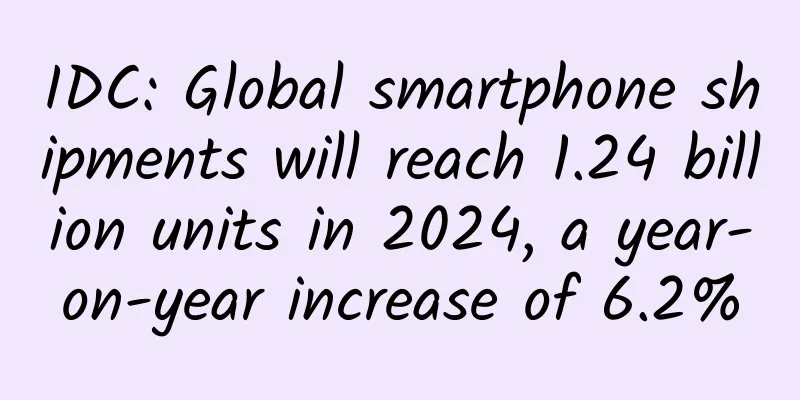What is the reason for granulation in episiotomy wound?

|
When a pregnant woman reaches the delivery period, natural birth is a more common method of delivery. The baby is taken out from the female vagina. During the birth process, an episiotomy may be performed to allow the baby to be separated from the mother's body faster. Care for the pregnant woman after the episiotomy is very important. The growth of granulation tissue on the wound after the episiotomy is also a common symptom. This may be a symptom caused by hyperplasia of the wound and needs to be treated in time to protect the wound. What is the reason for granulation tissue to grow in the wound after episiotomy?This is a symptom caused by the growth that grows after the mother undergoes episiotomy and should be removed promptly. What should I do if granulation grows on the episiotomy wound? It is common to see granulation tissue on episiotomy wounds after childbirth in clinical practice. Some mothers are able to heal on their own, but if the situation is more serious, you need to go to the hospital in time and let a professional doctor conduct relevant examinations and then use surgery to remove the granulation tissue to avoid worsening of symptoms.
Postpartum perineal incision pain is normal and usually subsides within 1 to 2 weeks after delivery. If the pain is severe, pay attention to whether the incision has redness, swelling, fever, or pus discharge. If so, go to the hospital immediately. If there is no pain, just pain, pay attention to the cleanliness of the perineum, clean the vulva with clean water every day, do not use various washing liquids, you can use benzalkonium chloride solution for disinfection. If the pain is severe, you can take some acetaminophen to relieve the pain, which will not affect breastfeeding.
1. Keep the wound clean and dry. The hospital will have comprehensive cleaning measures within 3 days after the operation, and use more disinfectant washes to rinse the vulva. After being discharged from the hospital, the mother needs to clean the vulva with clean water or lotion every day. If possible, it is best to do it twice a day. 2. Keep your private parts clean. Change underwear and sanitary napkins in time to keep the vulva clean and dry. Mothers should rinse the perineum with water after urinating or defecating, and wipe it with toilet paper, wiping from front to back to avoid bacterial infection. 3. When sleeping or lying in bed, it is best to lie on the side without the perineal wound to reduce the chance of lochia flowing into the perineal wound. 4. Avoid physical work. Do not lift heavy objects or do any strenuous housework or exercise within one month after delivery. Excessive physical activity too early may cause damage to the pelvic floor tissue and even cause uterine prolapse in old age. After undergoing an episiotomy, mothers should ensure a balanced diet and drink plenty of water. They should also engage in appropriate exercise and should not stay in bed all the time. Appropriate exercise helps the wound heal. In addition, you should pay attention to keeping your private parts clean, expose your underwear to the sun, and be careful not to let the wound get infected. |
<<: What is the reason why the fleshy strips on the labia minora can be stretched?
>>: What is the reason for the growth of granulation on the labia majora?
Recommend
What are the benefits of eating coriander for women
Coriander belongs to the dicotyledonous plants of...
Introduction to the thickness of the fallopian tube
For women, the biggest difference between them an...
Shen Baiyong from Ruijin Hospital: Sound the alarm before the pancreatic cancer alarm goes off
Pancreatic cancer is known as the "king of c...
Can I eat some leeks after abortion?
Beer is a low-concentration alcoholic beverage ma...
Why do I have lower abdominal pain after having an abortion?
Abortion is now a very common operation in medici...
Is gynecological candida serious?
Candida is a type of bacteria that prefers female...
What should I pay attention to when I am pregnant?
We all know that women who have just become pregn...
Is it normal for girls not to have armpit hair? Is it normal for women not to have armpit hair?
Armpit hair grows under the armpits, which is a v...
How are the swimming rings formed? How can boys lose the swimming rings?
Now, probably because the food is too good, many ...
Intermittent uterine bleeding during breastfeeding
During childbirth, women will lose a lot of blood...
Why do finger joints hurt during confinement?
The confinement period is the most important time...
Health Tips丨Can running in place help you lose weight? Listen to what the experts say →
As we all know, running is a very simple and easy...
What are the methods for women to regulate qi and blood?
In daily life, we often see some mothers who have...
Generally speaking, how many months does it take for a woman to have her menstrual period?
How many months after giving birth will it take f...
Why do I have breast pain and back pain?
Cervical spondylosis is one of the problems that ...









